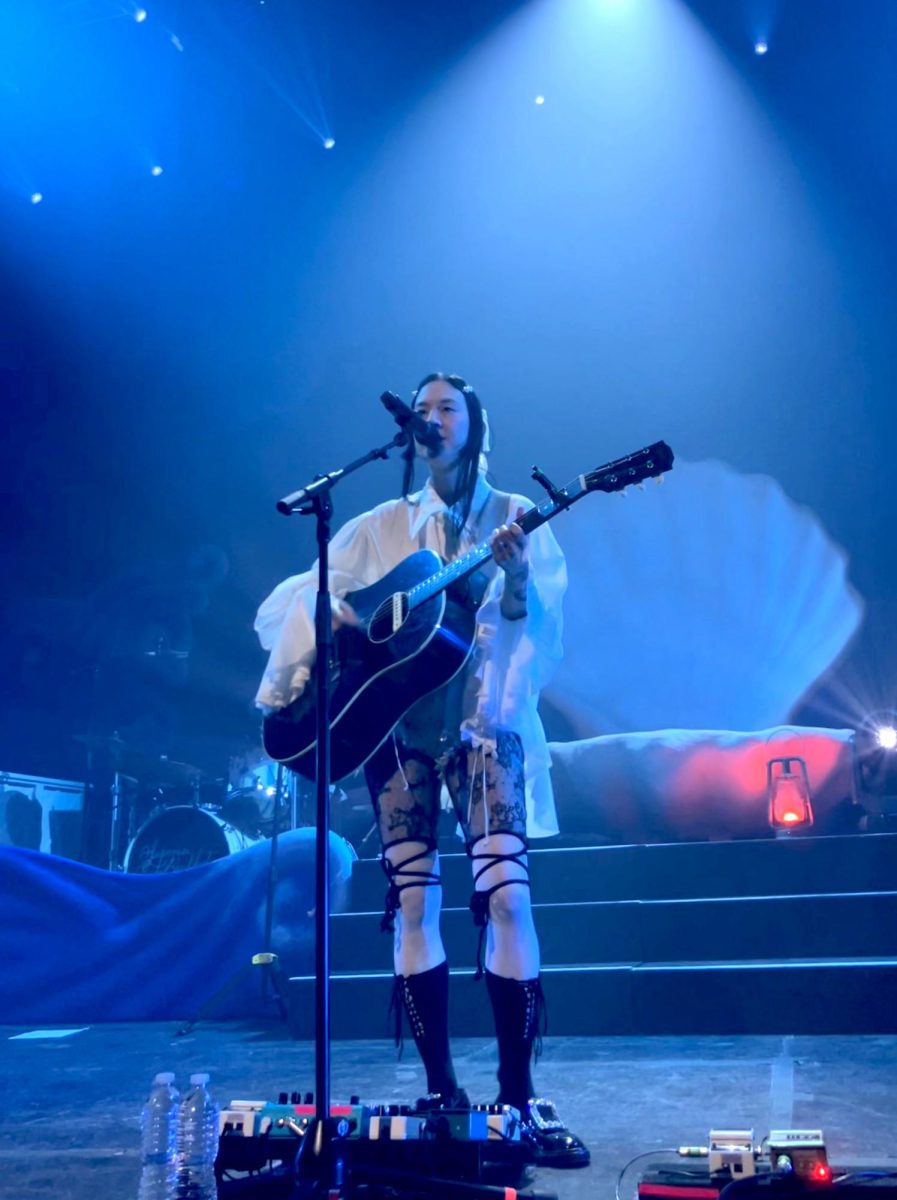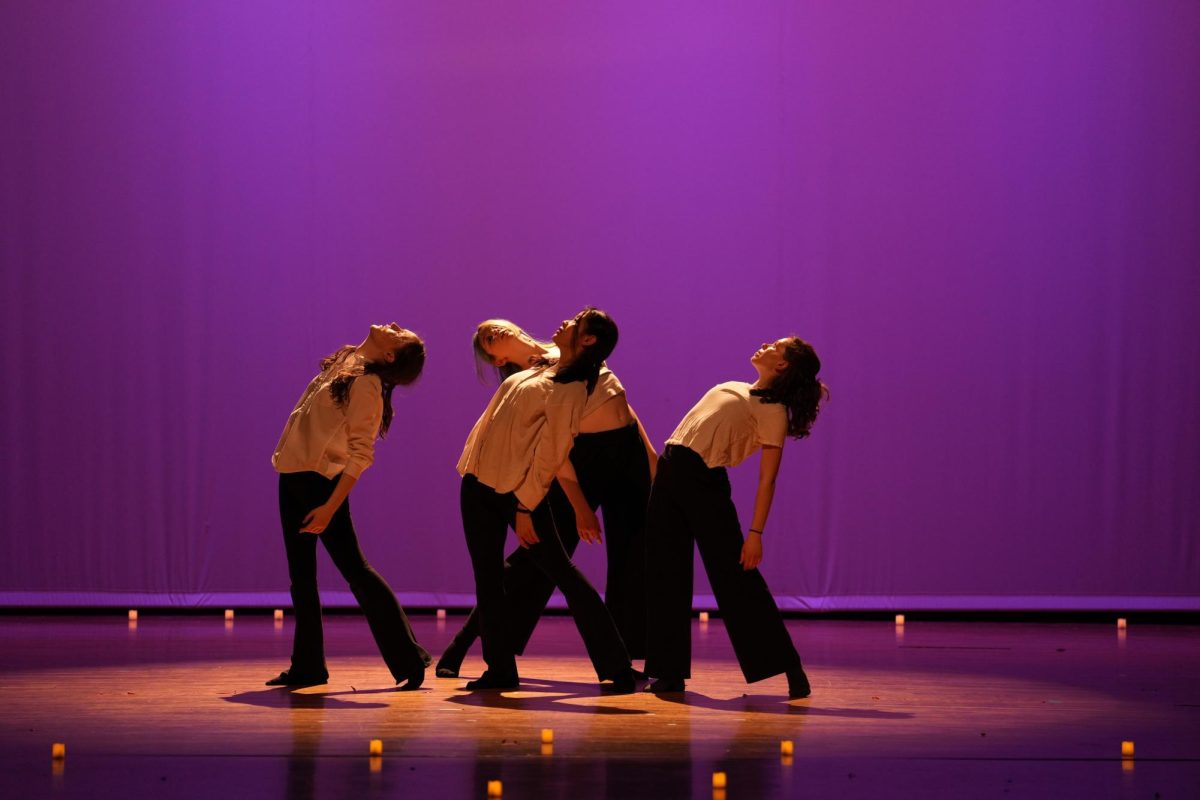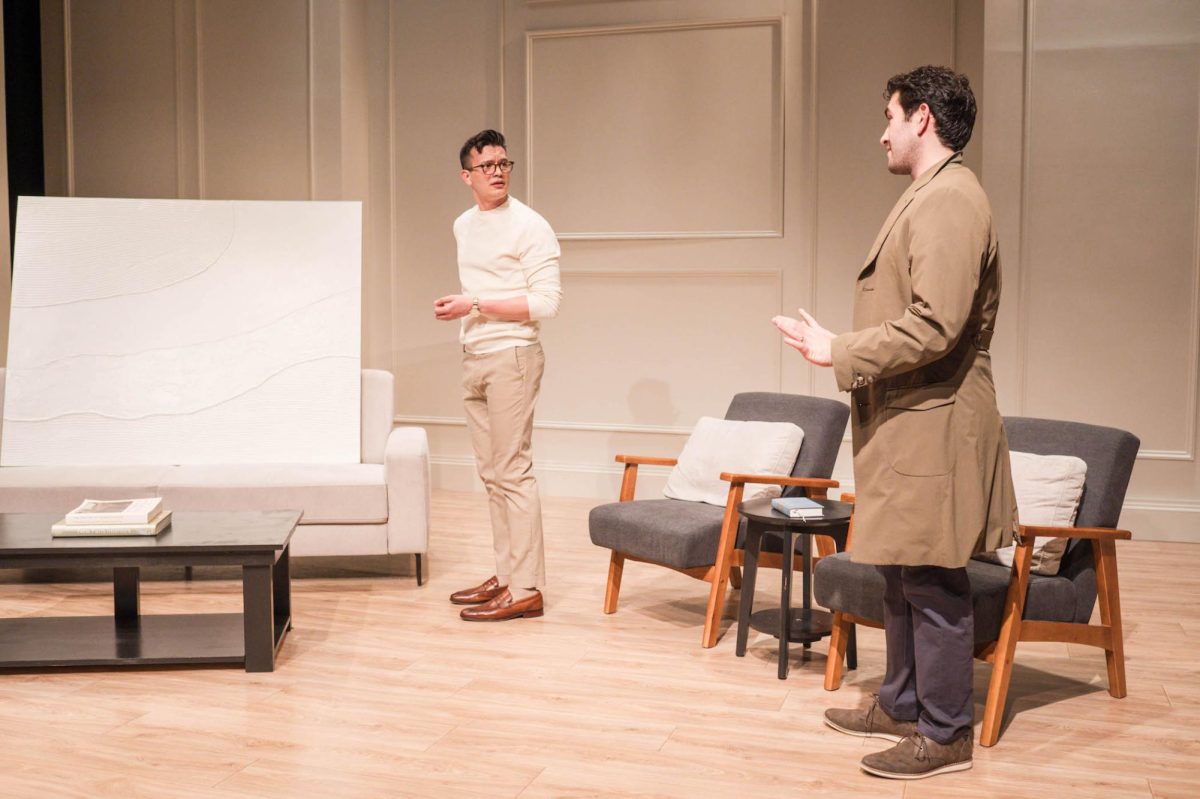Atom Egoyan really is having trouble with the auto focus. The Academy Award–nominated director, whose film, Citadel, held its American premier on campus last Thursday as part of the Chicago Presidential Fellows in the Arts Series, is still “working things out” with his new handheld camera. But it’s worth bearing with him as he documents his wife’s first return to Lebanon since the civil war 28 years ago in a travel journal addressed to his then 10-year-old son. “This trip was full of events and details you’ll never remember when you’re old enough to watch this,” Egoyan explains in his voice-over; this trip “would change our lives… and have an effect on yours.” This highly personal journal—at times playful and didactic—is, as a gift from father to son, a remembrance of one journey and a guide to every future one. We, the viewers packing Max Palevsky Cinema last Thursday, had the rare privilege of seeing a film never intended to be shown publicly in the company of Egoyan and the film’s star, his award-winning actress-wife, Arsinee Khanjian. We were simply along for the ride.
And the ride was often a bumpy one: The film’s opening shot is framed by the windshield of a car careening around the suburbs of Beirut. The land is lush and bathed in light. The soundtrack is woven from the soothing strains of Lebanese folk music and the incessant chatter of Egoyan’s animated wife, while the camera aimed on her face. Arsinee’s memories of her childhood before the war come flooding back: Some things have changed, others remain “exactly the same.” The Cairo-born, Canadian-raised director of Armenian descent tries to commit his wife’s ebullient homecoming to home video.
The crucial dynamics of the couple—husband and wife, artist and subject—are as touching as they are comedic. Egoyan, as a bystander in the film points out, must “love [Arsinee] very much, because he is always filming her.” In what will prove to be an essential admission, he concedes early in the film: “It’s possible that the extraordinary detail of stories and memories you’re encountering are a result of the peculiar alchemy that exists between your mother and I. After all, I’ve got the camera and she’s the subject.” Egoyan’s constant and loving pokes at his wife’s little idiosyncrasies add comic relief and only boost the director’s ethos. When Arsinee’s endless ruminations lapse into inanity, he quips: “You’re a very deep thinker.” At another moment, when she forgets the Arab word for “democracy,” he prods her mercilessly, reflecting at length in his voice-over on whether the incident displays a failing in Arsinee’s long-unused Arabic vocabulary or one in Lebanon’s pseudo-democratic system. Egoyan favors the second explanation, launching into a criticism of Lebanon’s inflexible and anachronistic system of representation.
It is Egoyan’s paternal instinct that inspires these sorts of explanations. Besides confessing a father’s occasional difficulty at answering his son’s innocent but incisive questions, Egoyan tries to contextualize everything for his son’s benefit. Whenever he prefaces an observation with “what you need to know is …” or when he frequently admonishes his son to “think about this,” either a concrete lesson on Lebanese culture or a sweeping, cosmological reflection is about to follow. One of the more lurid history lessons that his son “needs to know” is on the massacre of alleged Palestinian sympathizers by Christians during the Lebanese civil war. Despite the perpetrators’ background in humanism and the Bible, Egoyan explains, these ghastly acts were made possible because the victims weren’t seen as human.
Egoyan is a helpful, and perhaps even too helpful, guide: Where a viewer might normally need to draw his own inferences, he pronounces truths at every turn. “Boundaries are taken seriously in Lebanon,” he states portentously, and “things in this city are never what they seem.” Egoyan’s voice is, however, remarkably personal and ingenuous. He speaks “as someone from the West,” and filters and augments his impressions through juxtaposition with the poetry of Keats and Shelley, as well as his own childhood experience, when his father read him the work of the Lebanese artist and writer Khalil Gibran, who advised parents that their children “came from,” but did not belong to them, and needed to have thoughts of their own. This sentiment guides Egoyan’s labor of love as a sort of paternal primer before his son sets off into the world.
Egoyan, a relentlessly self-conscious narrator and guide (he films himself in a mirror early on), ruminates endlessly on his own role in the project (“maybe that’s all I am—a poacher making a souvenir”) offers some useful insight on his role as a filmmaker. Calvino, as Egoyan explains, wrote, “The person who considers everything not photographed lost as if it never existed. Therefore in order to ever really live, you must photograph as much as you can. And to photograph as much as you can, you must either live in the most photographable way possible or consider photographable every moment of your life. The first course leads to stupidity, and the second course leads to madness.”
Yet it is at this point that Egoyan’s film changes drastically: Nothing we had seen thus far would prepare us for what was about to happen next. With the same heavy-handed build-up of suspense I used to transition from the last sentence to this one, Egoyan also build’s to the film’s climax: the Citadel, “where everything would change; from where things would never be the same.” Here a spoiler warning should be issued. For the sake of space, we can say in essence that Egoyan, the loving father and ingenuous narrator who had brought us this far, now pulls the wool over our eyes.
On a tour of the ancient ruins of the Citadel, Egoyan demonizes his tour guide by his camerawork and commentary. “Why did your mother trust him?” he asks. “I had a strange feeling about him from the moment we met.” By fabricating a story based loosely on reality, Egoyan paints his benign young guide as a ruthless accomplice to a repressive regime. We feel slightly duped after having swallowed Egoyan’s ploy whole.
“That’s what’s absurd,” Egoyan admits after revealing this fabricated plot turn, added to an otherwise mostly truthful film. “That I could take these images of our guide, a completely innocent man, and make you believe that he’s a monster, and that something terrible is about to happen.” What’s more, though, Egoyan and his wife had no plans to give the film this twist at the outset; the two began spontaneously, when given the opportunity, to improvise and dramatize the scenario, creating suspense and drama where there hadn’t really been any.
The lesson to Egoyan’s son about his parents that follows is as instructive on this evening, when we meet the filmmaker and his wife, as the film’s broader lesson. First, we learn that Egoyan and Arsinee do reside “between stupidity and madness,” in a world where everything is to be made photographable. “You have to remember who your parents are,” Egoyan reminds his son. “I make images; your mother acts in them.”
The second, broader lesson of a touching film, heightened rather than marred by Egoyan’s stunt, speaks to how contingent an image can be. “There are hundreds of stories in this street,” Egoyan concludes, “and this is the only one you happen to be watching.” Yet if photography is only a matter of “capturing” rather than “creating” images, as he considers, then how we present these images, how we show them, and how they are seen is also crucial. It means no less than how we see and treat others.
There were, of course, hundreds of other stories residing in that one Lebanese street, but it would be hard to believe that there were many ones much better than what we just “happened to be watching” on Thursday. And it wasn’t even intended for us.







